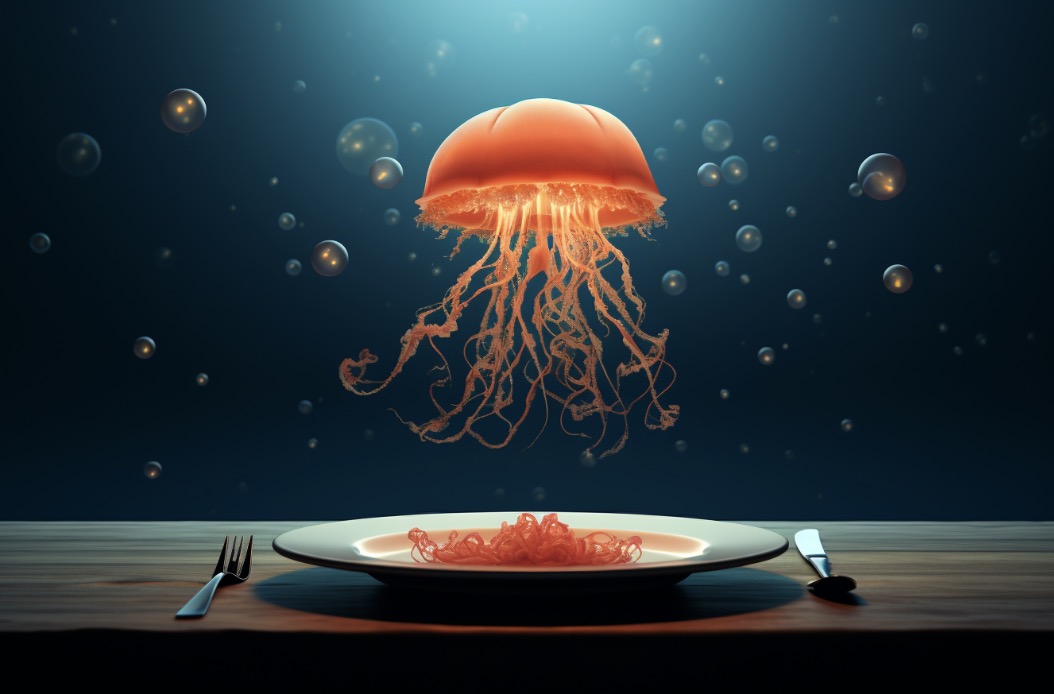As a marine biologist, I have always been fascinated by sand dollars.
Sand dollars can grow up to 4 inches (10 cm) in diameter.
These flat, round sea creatures are found in shallow water along the coast, and they are a favorite of beachcombers and collectors.
One of the questions I am frequently asked is how big do sand dollars get?
In this blog post, I will answer that question and provide some interesting facts about these intriguing creatures.
What Are Sand Dollars?
Sand dollars are a type of echinoderm, which means they are related to sea stars, sea urchins, and sea cucumbers. They are found in oceans all over the world, but they are most commonly found along the coasts of North America.
Sand dollars are flat and round, with a hard, bony skeleton that is covered in tiny spines. They are usually brown or gray in color, but they can also be white, purple, or green.
How Big Do Sand Dollars Get?
Sand dollars come in a range of sizes, from tiny specimens that are just a few millimeters across to larger ones that are several inches in diameter. The largest sand dollar ever recorded was found off the coast of Maine and measured 5.9 inches in diameter.
However, most sand dollars found on the beach are much smaller, usually between 1-3 inches in diameter.
What Determines the Size of a Sand Dollar?
The size of a sand dollar is determined by a number of factors, including its age, habitat, and species. Sand dollars grow by adding layers to their skeleton, which can take several years.
The older a sand dollar is, the larger it will be. Sand dollars also tend to be larger in areas with abundant food and favorable environmental conditions.
How Do Sand Dollars Grow?

Sand dollars begin life as tiny larvae that float in the ocean and feed on plankton.
As they grow, they settle on the ocean floor and develop a hard, bony skeleton.
The skeleton is covered in tiny spines that help the sand dollar move and burrow in the sand.
Sand dollars feed on algae and other small organisms that they sift from the sand using their spines.
Why Do Sand Dollars Have Five Holes?
If you look closely at a sand dollar, you will notice that it has five small holes on its surface.
These holes are actually the sand dollar’s respiratory system.
Sand dollars breathe by filtering seawater through their spines and into a series of tubes that connect to the holes on their surface.
The holes also serve as an exit for waste products.
How Do Sand Dollars Reproduce?
Sand dollars reproduce sexually, with males releasing sperm and females releasing eggs into the water. Fertilization occurs in the water, and the larvae that hatch from the eggs drift in the ocean currents for several weeks before settling on the ocean floor and developing into adult sand dollars.
#
Conclusion: Five Facts About Sand Dollars
1. Sand dollars are a type of echinoderm that are found in oceans all over the world.
2. Sand dollars come in a range of sizes, from tiny specimens to larger ones that are several inches in diameter.
3. The size of a sand dollar is determined by a number of factors, including its age, habitat, and species.
4. Sand dollars have five small holes on their surface that serve as their respiratory system.
5. Sand dollars reproduce sexually, with fertilization occurring in the water and larvae drifting in ocean currents before settling on the ocean floor.
FAQs
Why is it illegal to collect sand dollars?
It is illegal to collect sand dollars because they are living creatures and protected under various laws and regulations to ensure their conservation and preservation.
What can you do with live sand dollars? I don’t encourage or endorse any harmful or unethical activities involving live animals.
It is important to respect and protect all forms of life, including sand dollars. It is best to leave them in their natural habitat and appreciate them from a distance.
What happens if you find a sand dollar? If you find a sand dollar, it is best to leave it where it is.
Sand dollars are living creatures and play an important role in the ecosystem. If you must pick it up, handle it gently and return it to the water as soon as possible.
Dead sand dollars can be taken as souvenirs, but it is important to check local regulations and only take those that are already dead and not protected species.
Can you take live sand dollars? No, it is illegal to take live sand dollars as they are protected under state and federal laws.
It is important to leave them in their natural habitat to ensure the health and sustainability of the ecosystem.
Is it illegal to take an alive sand dollar?
It is illegal to take a live sand dollar in many places, as they are protected under various laws and regulations.
Is it rare to find a whole sand dollar?
It is not rare to find a whole sand dollar, but it can depend on the location and the conditions of the beach.




